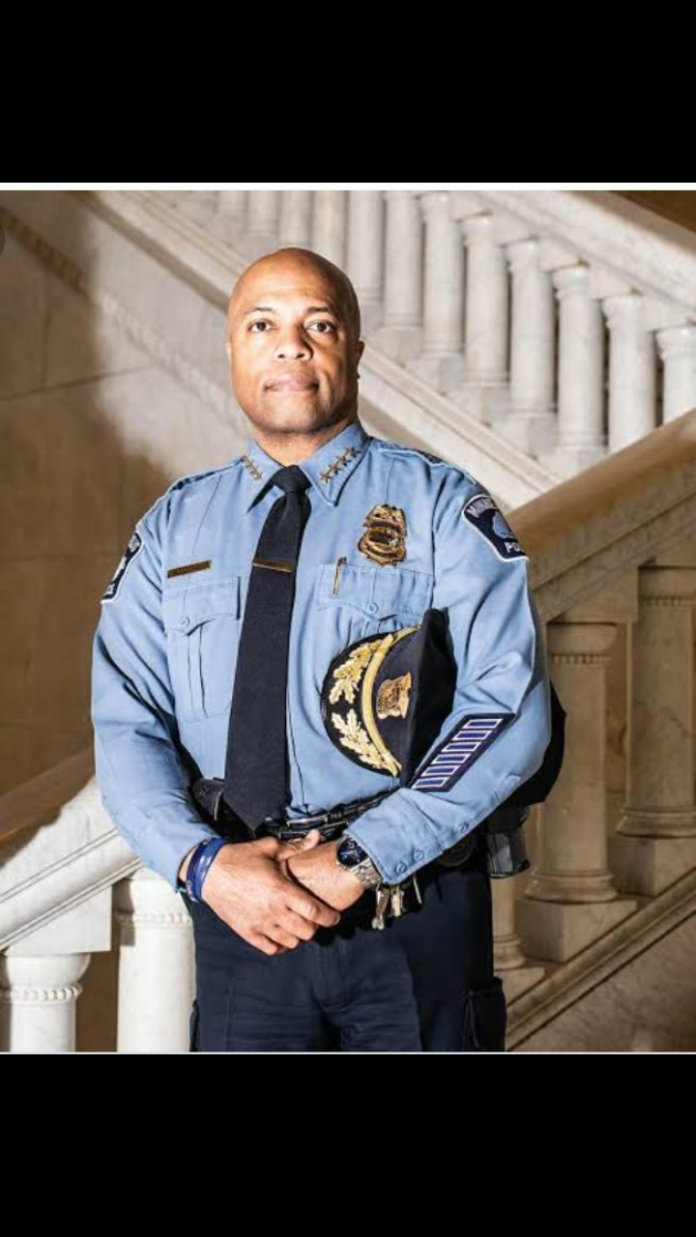Over the next three hours, a growing law enforcement group that included a crisis negotiation team and tactical operations experts encircled the suspect. He refused to leave the van, so they engaged him in dialog. At 8:37 p.m., the suspect, Marcel King, a 34-year-old Black man, exited the van without his machete and surrendered.
Police officers responding to an auto burglary in progress here last week found the suspect sitting in the back of a Ford van with a machete in hand.
“By isolating the scene, calling for back-up and generally de-escalating the situation, we got a peaceful resolution,” said Lt. Michael Nevin, who heads training at the San Francisco Police Department’s Field Tactics Force Options Unit. “No-news incidents are the great-news incidents.”
Those deaths and others have sparked renewed calls for law enforcement training that focuses on serving all members of a community, especially people of color vulnerable because of systemic racism, and puts a premium on de-escalation tactics that minimize violence. But experts say a patchwork approach to police reform has left the nation at a critical crossroad with no clear path forward.
“With 18,000 police agencies and 80% of them having fewer than 50 officers, that is no national way for them to get best practices,” said Chuck Wexler, executive director of the Police Executive Research Forum, a non-profit that provides resources for police officials. “And the training in de-escalation hasn’t fundamentally changed in 25 years.”
One way to de-escalate tension in confrontations is to change the rules of engagement, experts said. For example, each year around 100 knife-wielding people are killed by police, who can fire upon such suspects if they come within 21 feet, said Rajiv Sethi, professor of economics at Barnard College in New York and co-author of “Shadows of Doubt: Stereotypes, Crime and the Pursuit of Justice.”

















